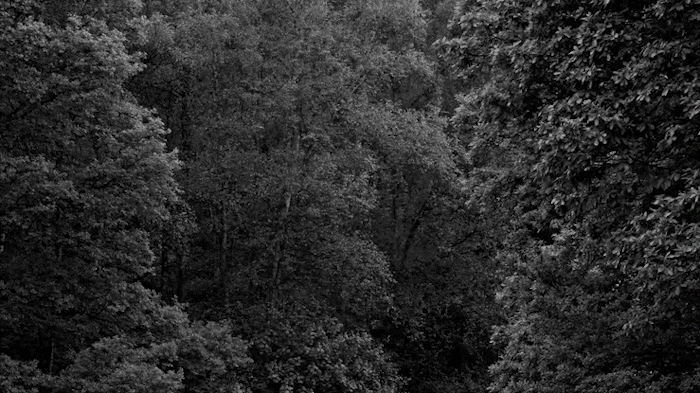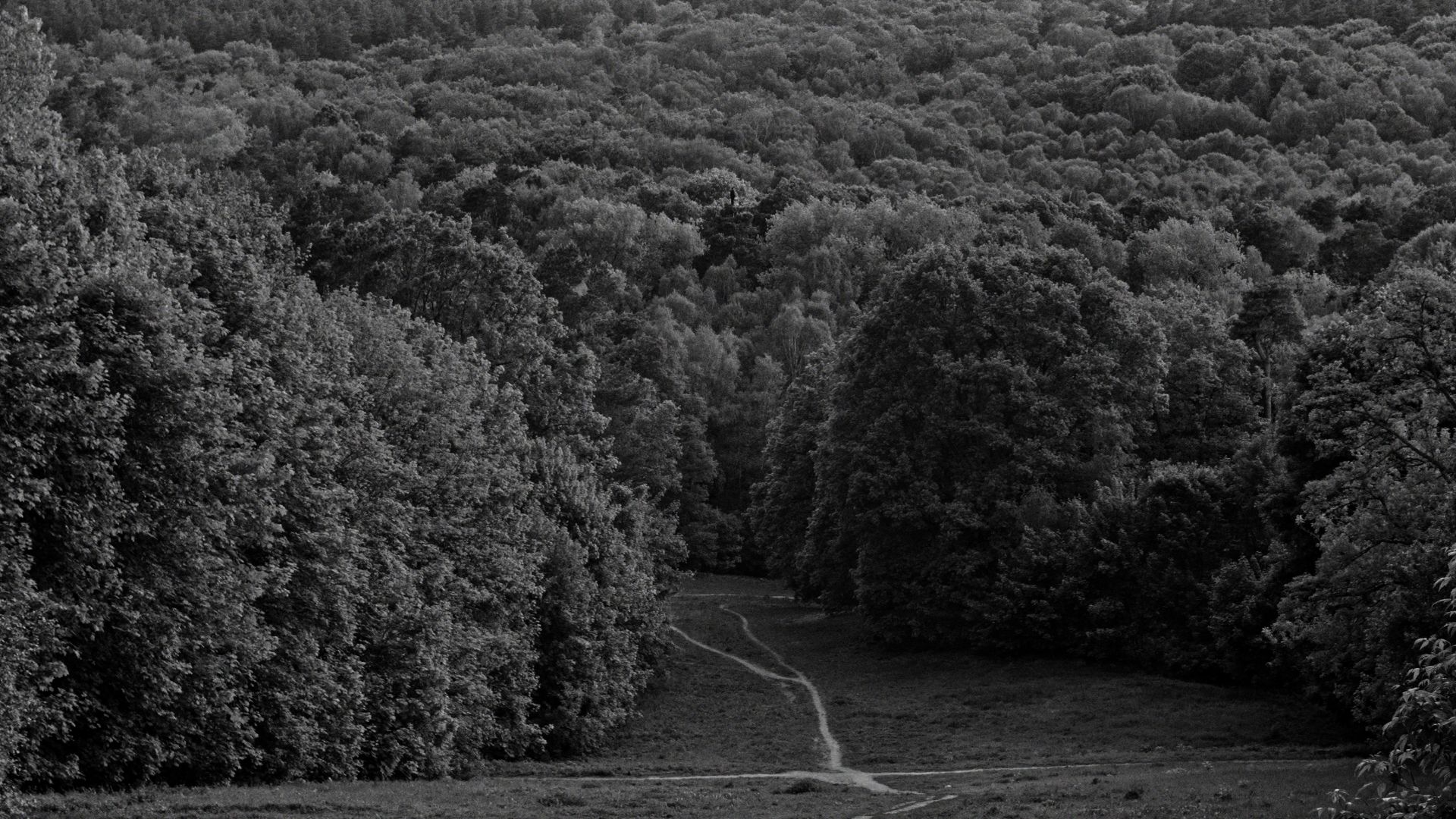A TORRE / THE TOWER (2015)
HD video, 16:9, black and white, Dolby 5.1 sound, 8 min., Portugal/Germany/Moldova
In collaboration with Christoph Both-Asmus
Production: O Som e a Fúria
Coproduction: Mengamuk Films
Development support: Yaddo, Bogliasco Foundation, Rockefeller Foundation Bellagio Center
Support: Fundação Calouste Gulbenkian, Bikini, Escola das Artes – Universidade Católica Portuguesa, Berliner Künstlerprogramm des DAAD
Maybe Kolja’s experiment of merging his human body with a natural tree, venturing into a border zone between the earth and the sky, is due to his purity of spirit, to the grandeur of the idiots, or the foolishness of the mystics; or is it all this together? Maybe it is a symptom of the enlightened—or simply an elaborate suicide.
It was developed under the frame of a commission by Museu de Arte Contemporânea de Serralves.
Museu de Arte Contemporânea de Serralves
Lamaland
Fundação Calouste Gulbenkian







The Tower is not a purely cinematic work, neither a purely art-installation—it wasn’t made for a cinema nor for a museum setting only, it was conceptualized for both. This is particularly clear, on the one hand, in the ways in which it ‘lures the ego through being an image of its mirror-self, the screen is ready for narcissistic looking, a mirror for mirroring, thus a double of its double’ (Metz 1982: 2-4). On the other hand, in its immersive character, it implies a bodily experience that allows for the dramatic understanding of our (tiny) existence in contrast with nature’s immensity. [...]
With this jouissance and under the current environmental crisis, we are also propelled to think about the effects of humans in nature. There are consequences to our actions. We watch / walk past the trees and the lonely man (is he a character of a not-so-distant future?) venturing into the woods uneasily and, hopefully, while we rejoice with our own individuality, we will speculate about possible futures which designs are of our own responsibility. [...]
Such an understanding is, in fact, comparable to the experience of the sublime—it is as striking in its potential for a beautiful world as much as it is petrifying in the ways in which it seems to go beyond us and defy our own existence.
Luisa Silva, Moving Image and the Museum: Speculative Spaces in 3 Acts
The Tower is not a purely cinematic work, neither a purely art-installation—it wasn’t made for a cinema nor for a museum setting only, it was conceptualized for both. This is particularly clear, on the one hand, in the ways in which it ‘lures the ego through being an image of its mirror-self, the screen is ready for narcissistic looking, a mirror for mirroring, thus a double of its double’ (Metz 1982: 2-4). On the other hand, in its immersive character, it implies a bodily experience that allows for the dramatic understanding of our (tiny) existence in contrast with nature’s immensity. [...]
With this jouissance and under the current environmental crisis, we are also propelled to think about the effects of humans in nature. There are consequences to our actions. We watch / walk past the trees and the lonely man (is he a character of a not-so-distant future?) venturing into the woods uneasily and, hopefully, while we rejoice with our own individuality, we will speculate about possible futures which designs are of our own responsibility. [...]
Such an understanding is, in fact, comparable to the experience of the sublime—it is as striking in its potential for a beautiful world as much as it is petrifying in the ways in which it seems to go beyond us and defy our own existence.
Luisa Silva, Moving Image and the Museum: Speculative Spaces in 3 Acts
With this jouissance and under the current environmental crisis, we are also propelled to think about the effects of humans in nature. There are consequences to our actions. We watch / walk past the trees and the lonely man (is he a character of a not-so-distant future?) venturing into the woods uneasily and, hopefully, while we rejoice with our own individuality, we will speculate about possible futures which designs are of our own responsibility. [...]
Such an understanding is, in fact, comparable to the experience of the sublime—it is as striking in its potential for a beautiful world as much as it is petrifying in the ways in which it seems to go beyond us and defy our own existence.
Luisa Silva, Moving Image and the Museum: Speculative Spaces in 3 Acts
